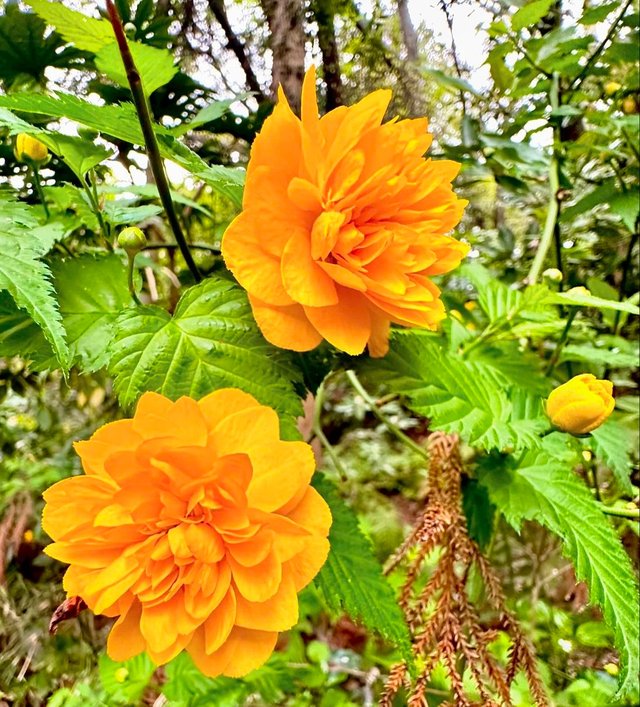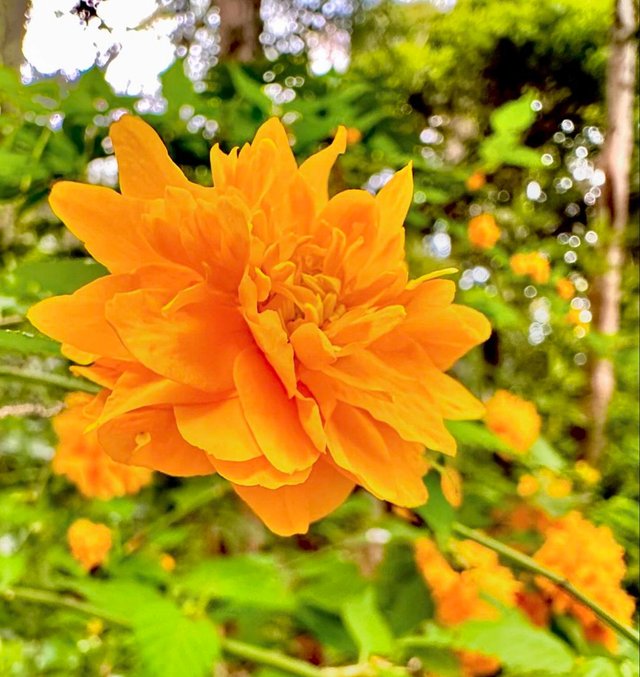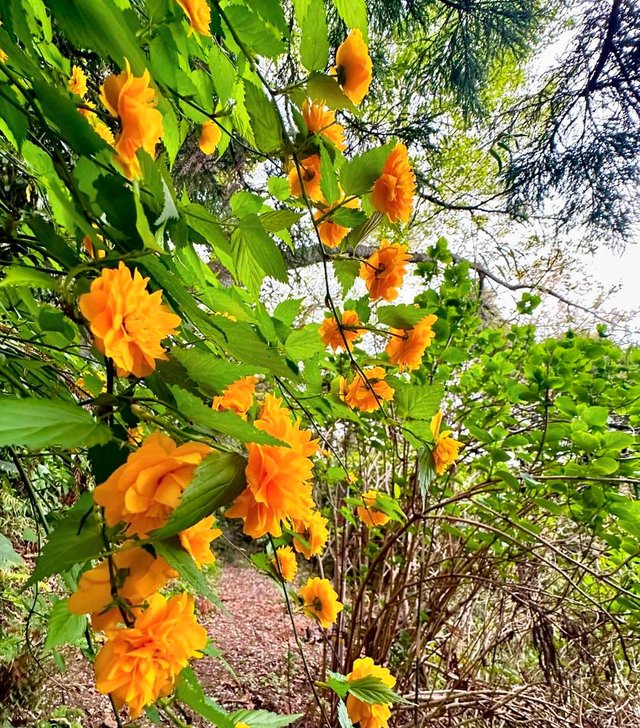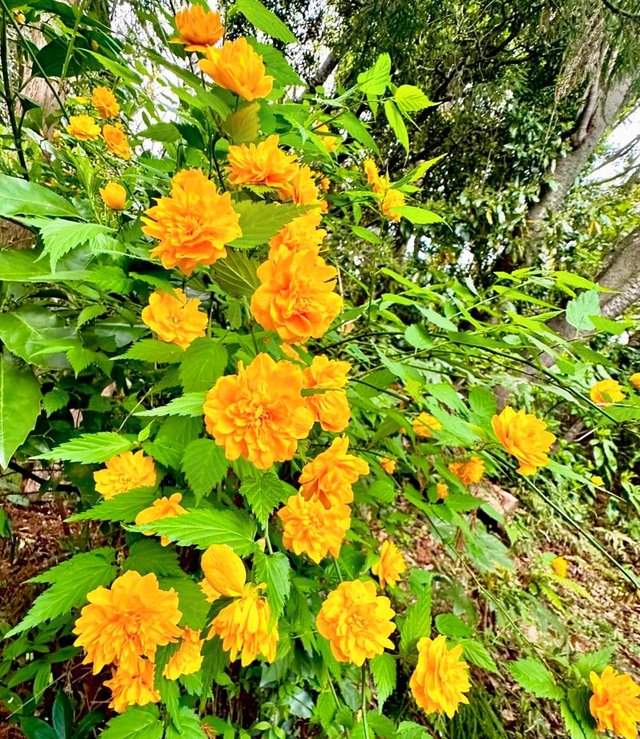Japanese Kerria Flower So Beautiful
Japanese kerria, scientifically known as Kerria japonica, is a charming and resilient shrub that adds a touch of elegance to any garden or landscape. Native to China, Japan, and Korea, this deciduous plant belongs to the rose family, Rosaceae, and is highly valued for its bright yellow flowers and graceful arching branches.
One of the most striking features of Japanese kerria is its abundant, buttercup-yellow flowers, which typically bloom in early spring to late spring. Each flower has five petals and a cluster of bright yellow stamens in the center, creating a cheerful and eye-catching display. The flowers appear before the foliage emerges, making them even more prominent and captivating.
In addition to its beautiful flowers, Japanese kerria is known for its distinctive green stems, which provide year-round interest to the garden. The stems are slender, smooth, and arching, giving the plant a graceful and airy appearance. As the shrub matures, the stems develop an attractive peeling bark, adding texture and visual appeal.
Japanese kerria is a versatile plant that can thrive in a variety of growing conditions. It prefers partial shade to full sun and well-drained soil, although it can tolerate a range of soil types, including clay and sandy soils. Once established, it is relatively low-maintenance and drought-tolerant, making it an excellent choice for novice gardeners or busy homeowners.
Propagation of Japanese kerria is typically done through stem cuttings or division of the root ball. Cuttings taken in late spring or early summer can be rooted in a moist, well-draining medium, while division should be done in early spring or fall when the plant is dormant. With proper care, young plants will quickly establish themselves and begin to produce flowers within a year or two.
While Japanese kerria is generally pest and disease-resistant, it may occasionally encounter issues such as aphids, scale insects, or powdery mildew. These problems can usually be addressed with organic pest control methods or fungicides, if necessary. Regular pruning is also recommended to maintain the plant's shape and promote healthy growth.




